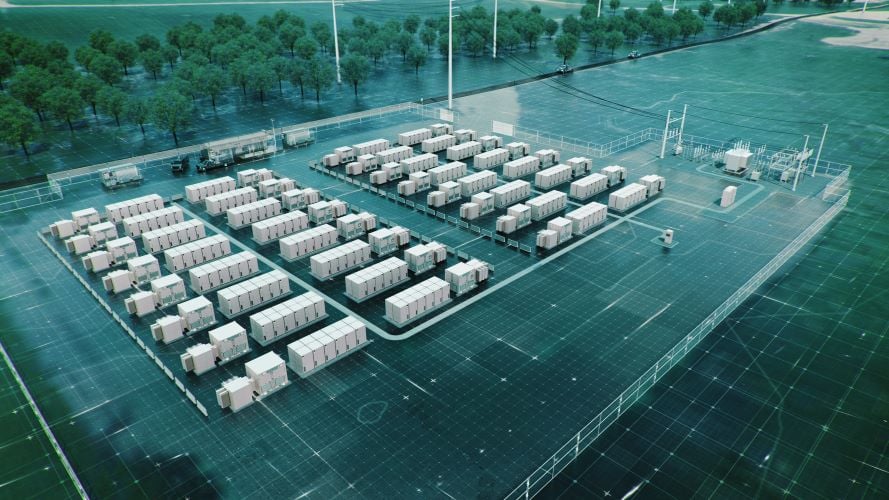
US utility Alliant Energy’s plans to build two large-scale battery storage projects to pair with solar PV plants in Wisconsin have been approved by regulators.
The company said last week (9 August) that the Public Service Commission Wisconsin (PSCW) has given the green light to its proposals for Alliant Energy’s Grant County Battery Project and Wood County Battery Project.
Try Premium for just $1
- Full premium access for the first month at only $1
- Converts to an annual rate after 30 days unless cancelled
- Cancel anytime during the trial period
Premium Benefits
- Expert industry analysis and interviews
- Digital access to PV Tech Power journal
- Exclusive event discounts
Or get the full Premium subscription right away
Or continue reading this article for free
Each will be integrated with a large-scale solar PV plant also bearing the name of their respective host counties.
The Grant County battery energy storage system (BESS) will be 100MW output, integrated with the 200MW Grant County Solar Project. The PV plant is currently under construction in the Grant County town of Potosi, and is expected to go into commercial operation in H1 2024.
Meanwhile Wood County’s BESS will be 75MW, integrated with the 150MW Wood County Solar Project that already went into operation in late 2022, in the town of Saratoga.
As reported by sister site Energy-Storage.news in October 2022 when Alliant Energy revealed it was seeking the PSCW’s approvals, both BESS assets will be 4-hour duration, making Grant County 100MW/400MWh and Wood County 75MW/300MWh for a total of 175MW/700MWh.
Also reported at the time was that energy storage system integrator FlexGen was selected by the utility to work on the projects. Alliant confirmed yesterday that this is the case, with FlexGen to provide both energy management system (EMS), based on the company’s HybridOS operating platform, as well as battery storage hardware.
Alliant, which supplies both electricity and natural gas to retail customers, is targeting carbon neutrality across its electricity business by 2050. This commitment is part of the company’s ‘Clean Energy Vision’ which pledges to reduce greenhouse gas (GHG) emissions 50% relative to 2005 levels by 2030, and eliminate coal from its generation fleet by 2040.
To read the full version of this story, visit Energy-Storage.news.






